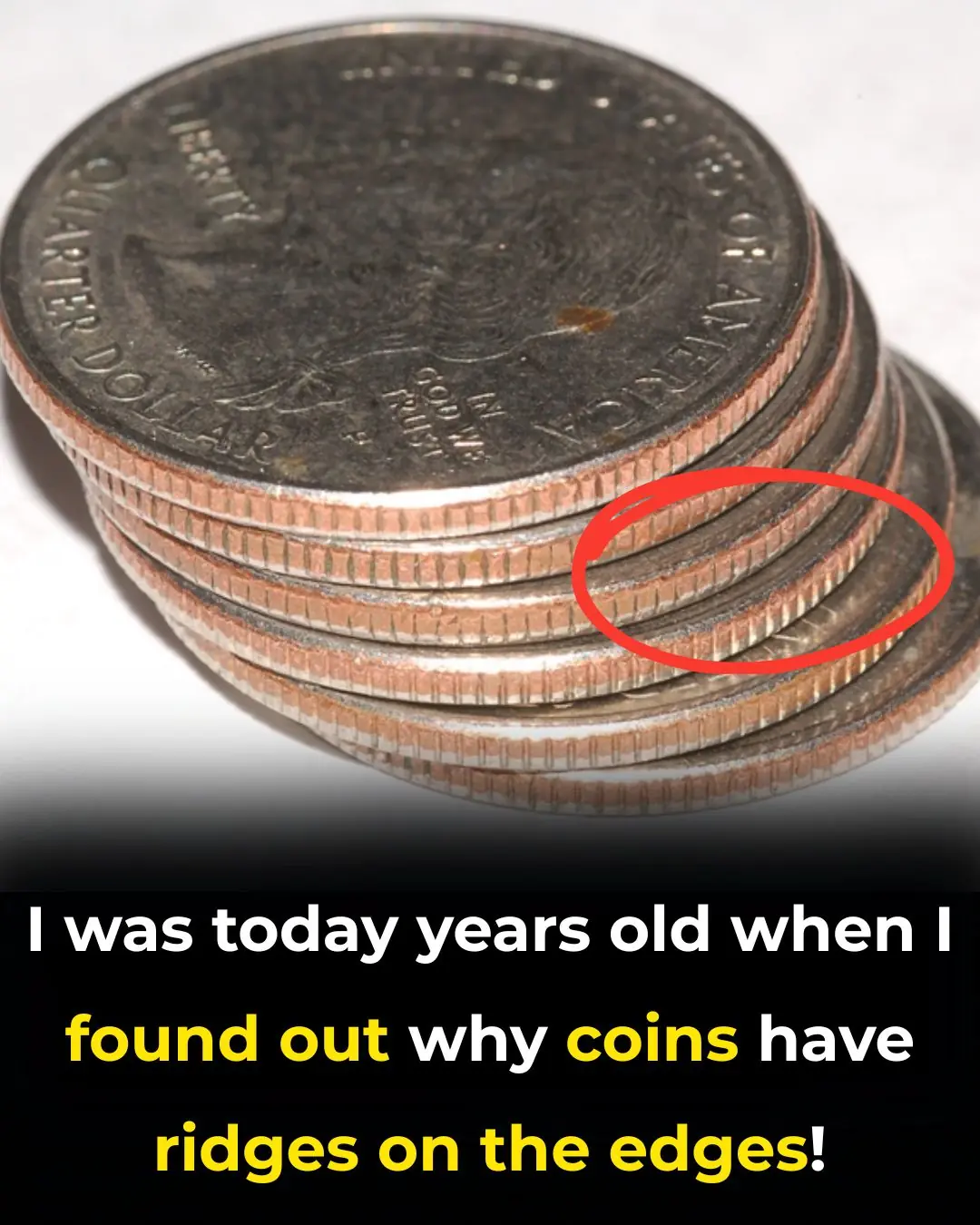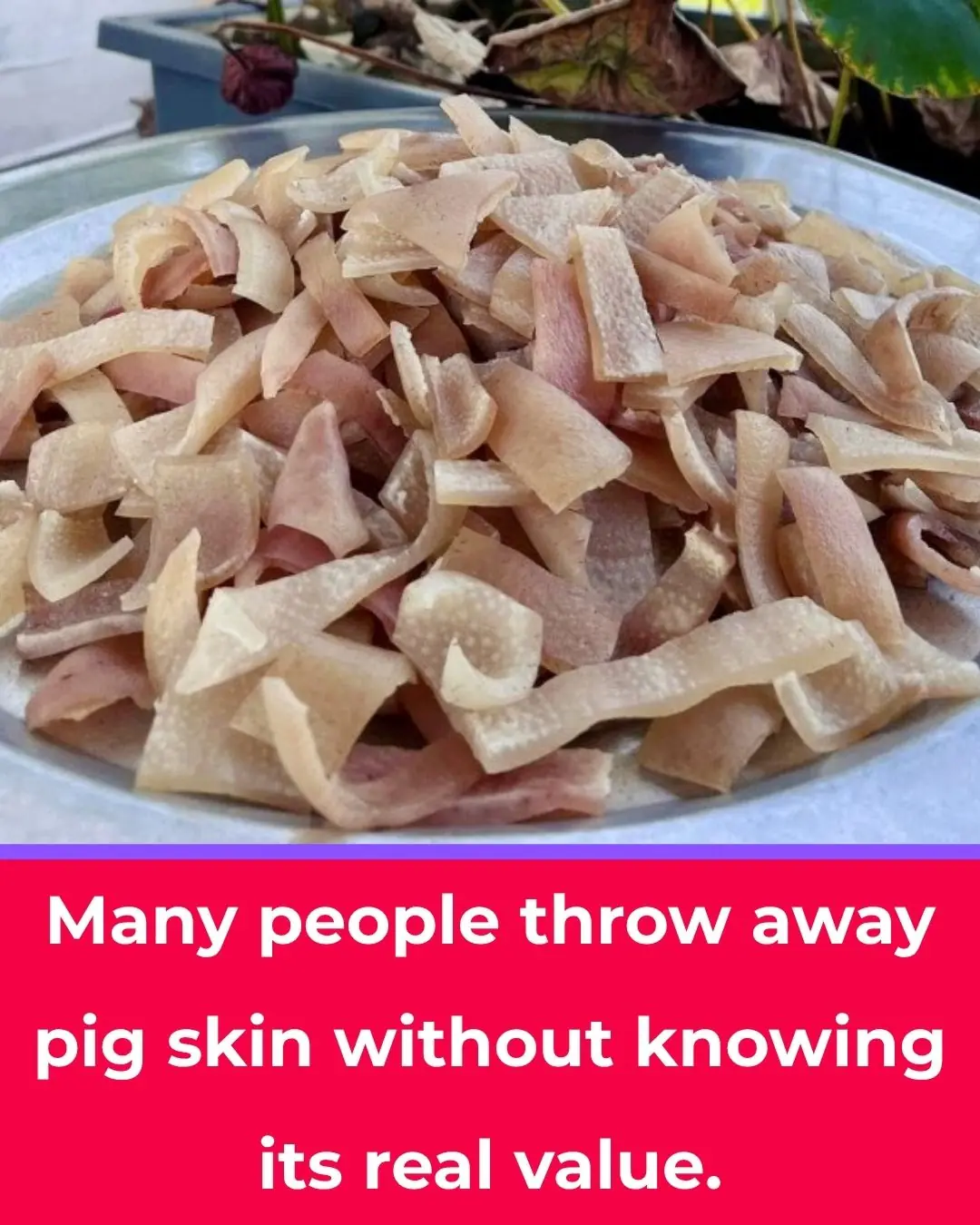
The tiny round hole on your nail clipper has a real job — and a few clever (safe) extras
Most of us think of nail clippers as single-purpose tools: trim, file, done. But that small round hole at the end isn’t just decoration. It’s there for attachment and handling, and it enables a few handy, everyday uses when you’re careful.
What the hole is actually for (the main purpose)
-
Attachment / carry: The hole is designed so you can attach the clipper to a key ring, lanyard, travel pouch, or toiletry kit. That keeps a small tool from getting lost and makes it easy to find in a bag. You’ll even see premium makers advertise the “lanyard hole” as a feature. (Victorinox product page; Times of India explainer). (Victorinox; Times of India)
-
Design intent in patents: U.S. design filings explicitly describe nail clippers with a key-chain hole placed so it’s easy to access, even with the lever installed — confirming the attachment purpose. (US patent application). (US Patent)
FYI: The clipper itself is a compound-lever device; the hole isn’t part of the cutting mechanics. (Wikipedia—Compound lever; Wikipedia—Nail clipper). (Compound lever—Wikipedia; Nail clipper—Wikipedia)
Everyday ways people use that hole (and the built-in file) — with safety notes
-
Key-chain / bag hanger
Attach the clipper via the hole to a ring or cord so it’s always with your keys or anchored in a toiletry kit. That’s precisely what the hole is made for. (Victorinox; Times of India) -
Better control when you flip the lever
If your clippers are on a small ring, the ring gives you something to hold while you rotate the lever into cutting position. It doesn’t change the mechanics, but many users find it steadies the grip. (Nail clipper—Wikipedia) -
Gentle wire-bending guide (only for soft hobby wire, not electrical work!)
You can pass thin, soft wire through the hole and use it as a round former to make small curves for crafts. This is an improvised use; do not force hard wire, use the clipper as a pry bar, or attempt electrical tasks. General hand-tool safety guidance warns against using tools for jobs they weren’t designed for. (OSHA hand-tool safety; IADC hand-tool safety). (OSHA; IADC) -
“Emergency screwdriver” using the pointed nail file (use sparingly)
Many clippers include a pointed nail file. In a pinch it can turn a tiny, loose screw, but it’s easy to strip screw heads or damage the file. Treat this as a last-resort hack; purpose-built screwdrivers are safer. (Nail file—Wikipedia; hand-tool safety cautions). (Nail file—Wikipedia; IADC) -
Mosquito-coil stand (only outdoors and with fire safety)
Some people balance a spiral coil on an open clipper or wedge a short coil segment in the jaws. If you try this, follow label directions and use outdoors in a ventilated space away from flammables; research notes coils can emit pollutants and should not be burned in closed rooms. (U.S. EPA coil labels; University of Sydney public-health note; Orkin guidance; NIH/PMC review). (EPA label; University of Sydney; Orkin; NIH/PMC)
Good hygiene for clippers (don’t skip this)
Whatever you use your clippers for, keep them clean and disinfected to reduce the risk of skin infections or fungus transfer:
-
Wash off debris with soap and water, dry thoroughly, then disinfect metal clippers (e.g., soak in ≥70% rubbing alcohol or boil in water; dry fully to prevent rust). (Byrdie expert guide; salon hygiene guidance). (Byrdie; Salons Direct)
Quick primer: what’s inside a nail clipper?
Clippers are typically stainless steel and use a compound lever to multiply force; many include a mini nail file and sometimes a catcher for trimmings. Heads may be concave (better for fingernails) or convex (toenails). (Nail clipper—Wikipedia). (Nail clipper—Wikipedia)
Safety do’s & don’ts (fast list)
-
Do attach via the hole to a key ring or lanyard for loss prevention. (Victorinox; Times of India)
-
Do clean and disinfect regularly if multiple people use the tool. (Byrdie; Salons Direct)
-
Don’t misuse the clipper/file as a pry bar or heavy screwdriver. (OSHA; IADC)
-
Don’t burn mosquito coils indoors or near flammables if you’re using the clipper as a makeshift stand. Follow label directions. (EPA label; University of Sydney; NIH/PMC)
News in the same category


Boiled sweet potatoes: don’t use plain water—add a spoon of this for fluffy, deeply sweet results
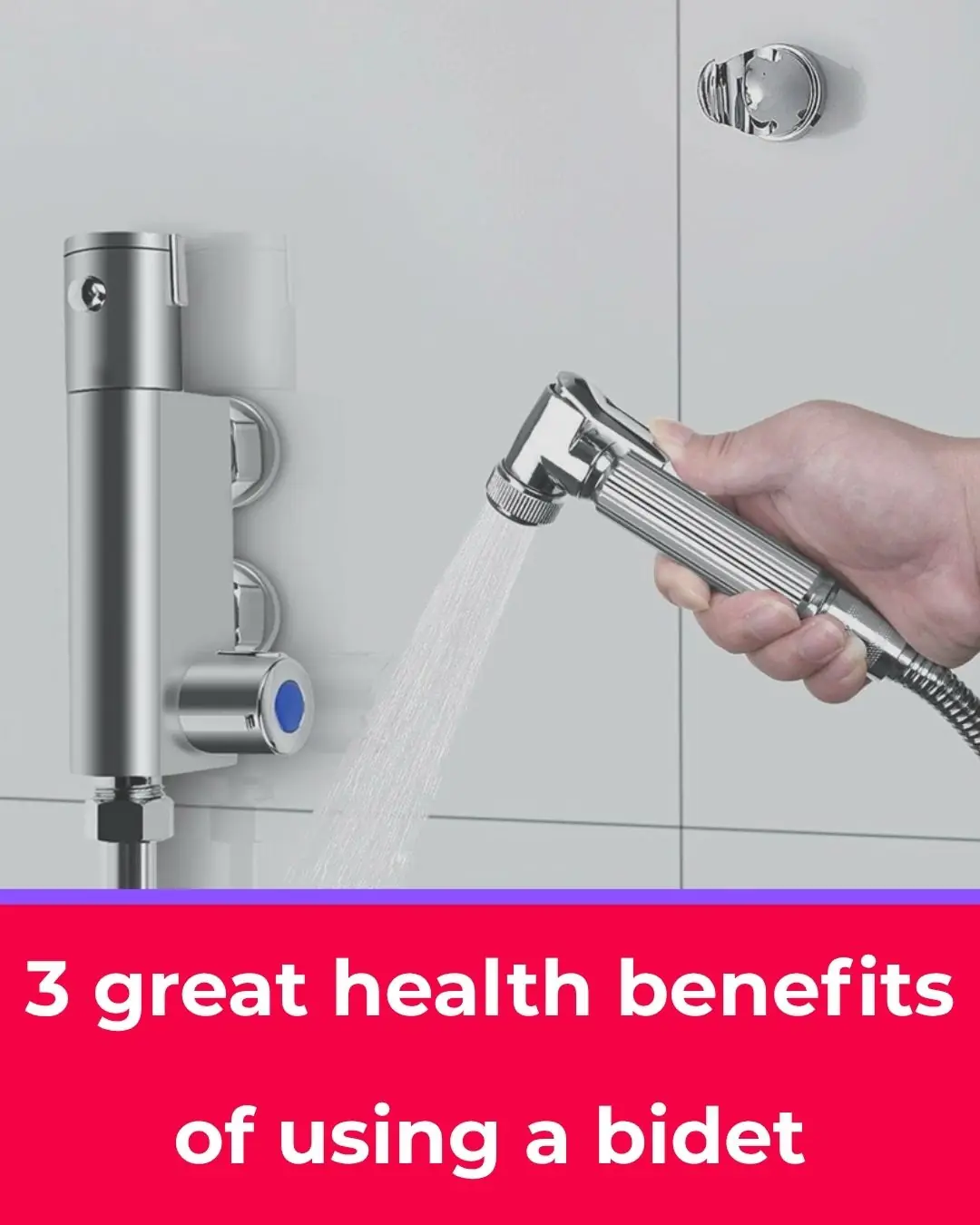
3 powerful health benefits of using a bidet — plus a bonus for the planet
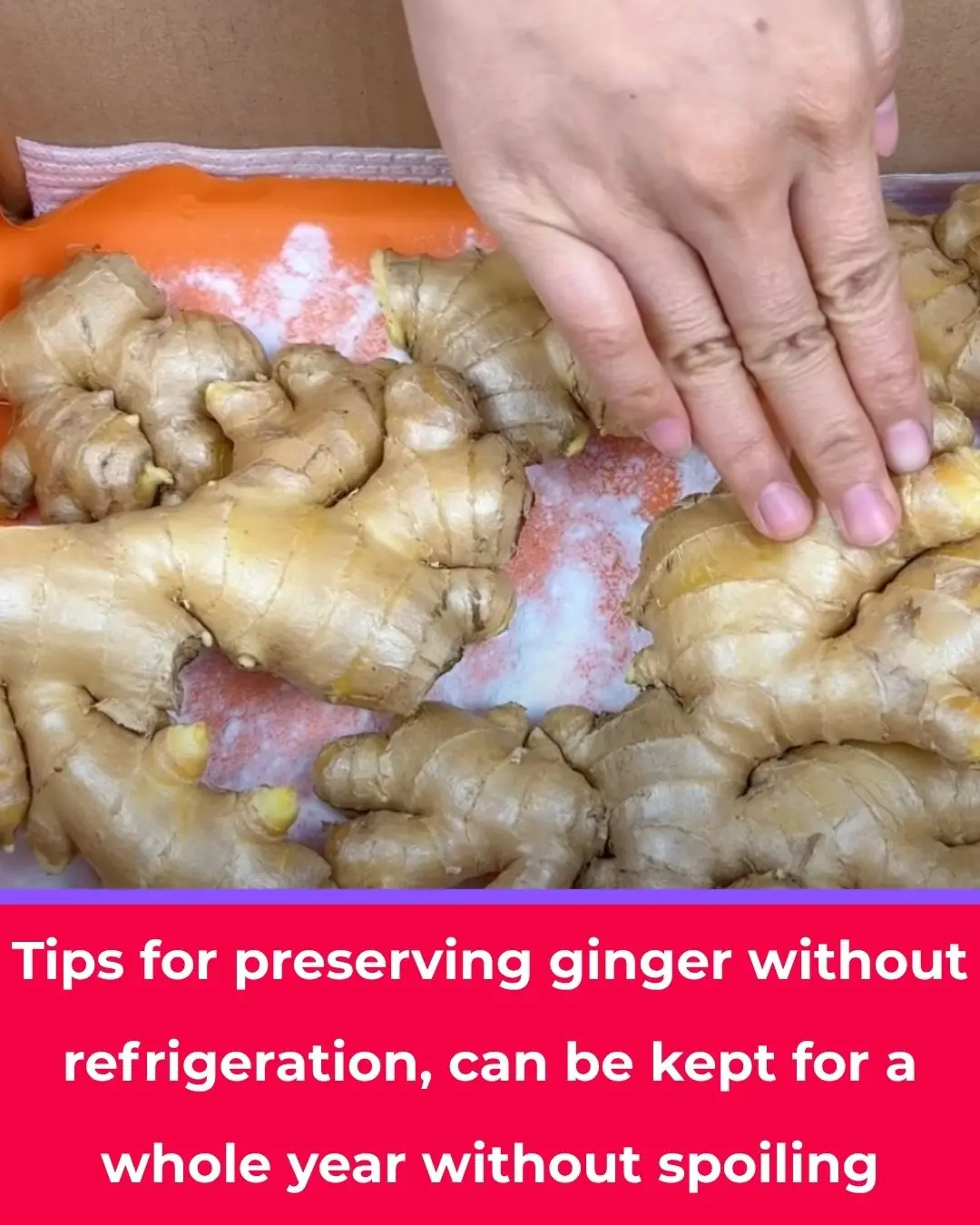
How to store fresh ginger so it lasts for months (even without a fridge)

A U.S. doctor’s simple steps to “clear” pesticides and dirt from fruit — and the science behind them

Do not drink water immediately after eating fruit — here’s what nutrition science actually says

9 foods to eat regularly to help protect memory and keep your brain sharp as you age

‘Shuts TF Up’: Scott Jennings’ Unhinged Back and Forth with Abby Phillip Takes a Turn When Van Lathan Begins to Speak

Simone Biles Receives Honorary Doctorate Degree From Washington University

Kevin Howell Named NC State’s First Black Chancellor, 40 Years After Making History as First Black Student President

Holly Robinson Peete Pays Tribute to Late Father Who Was a Star on Sesame Street

Jamal Roberts Makes History as First Black Man to Win American Idol in Over 20 Years

NiJaree Canady Makes History as First Million-Dollar College Softball Player

Megan Thee Stallion & ‘Boondocks’ Producer Carl Jones to Launch New Anime Series on Prime Video
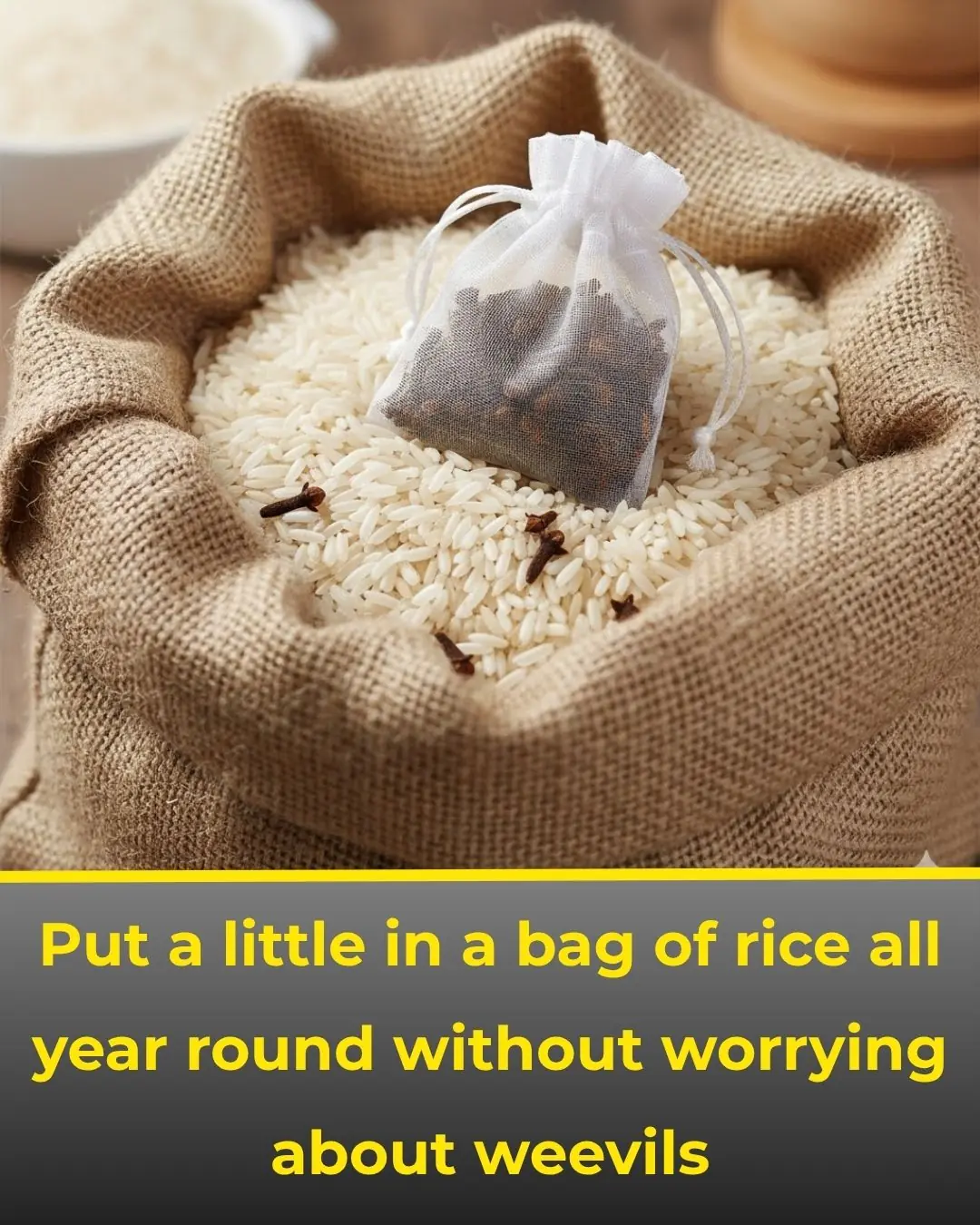
Keep rice weevil-free all year: two simple tricks — plus evidence and safer pantry practices

7 pantry items that really don’t spoil — and how to store them so they stay great

8 instant, drug-free ways to stop motion sickness — rewritten, expanded and evidence-backed
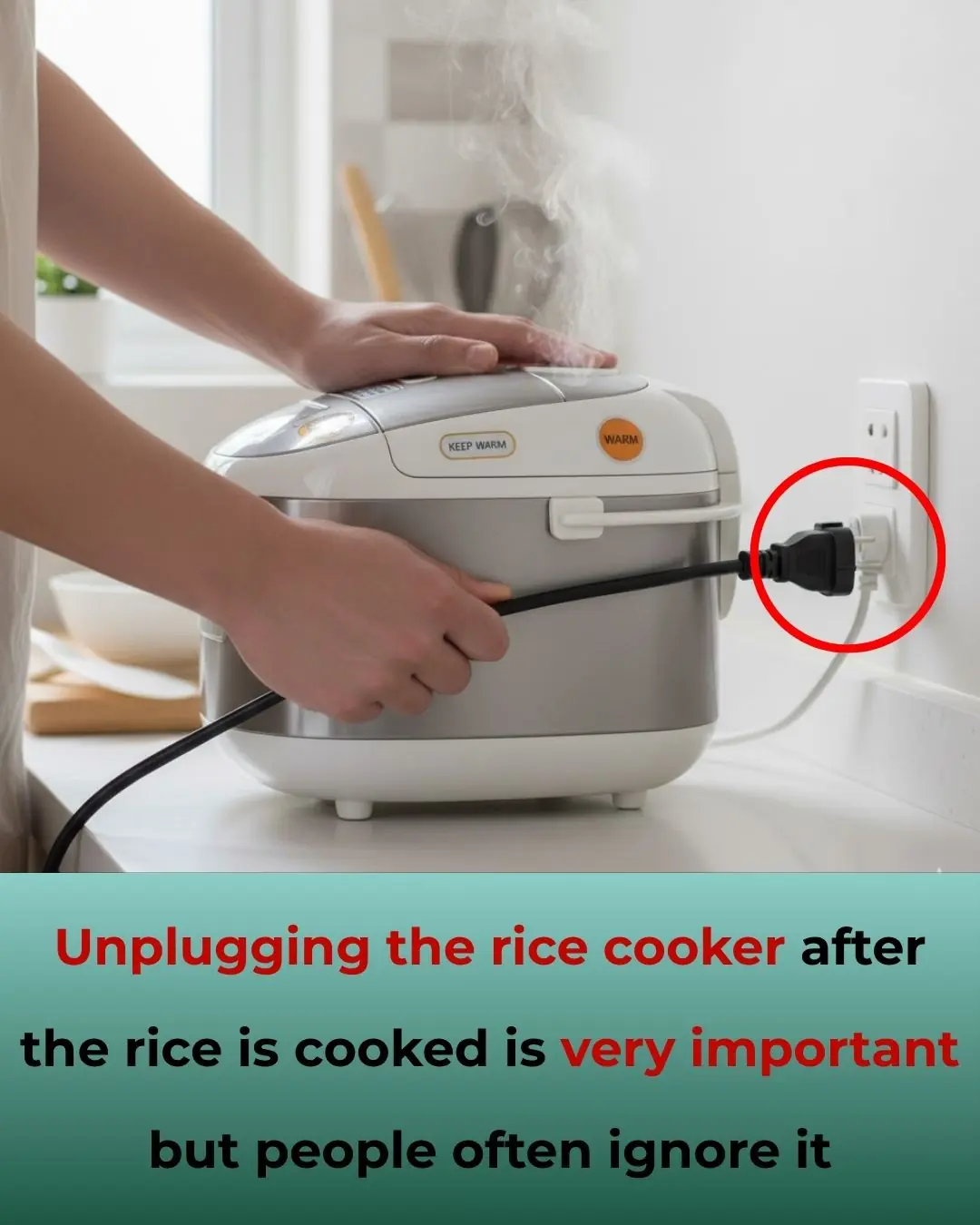
Do you need to unplug the rice cooker after the rice is done? — an expanded, evidence-backed guide
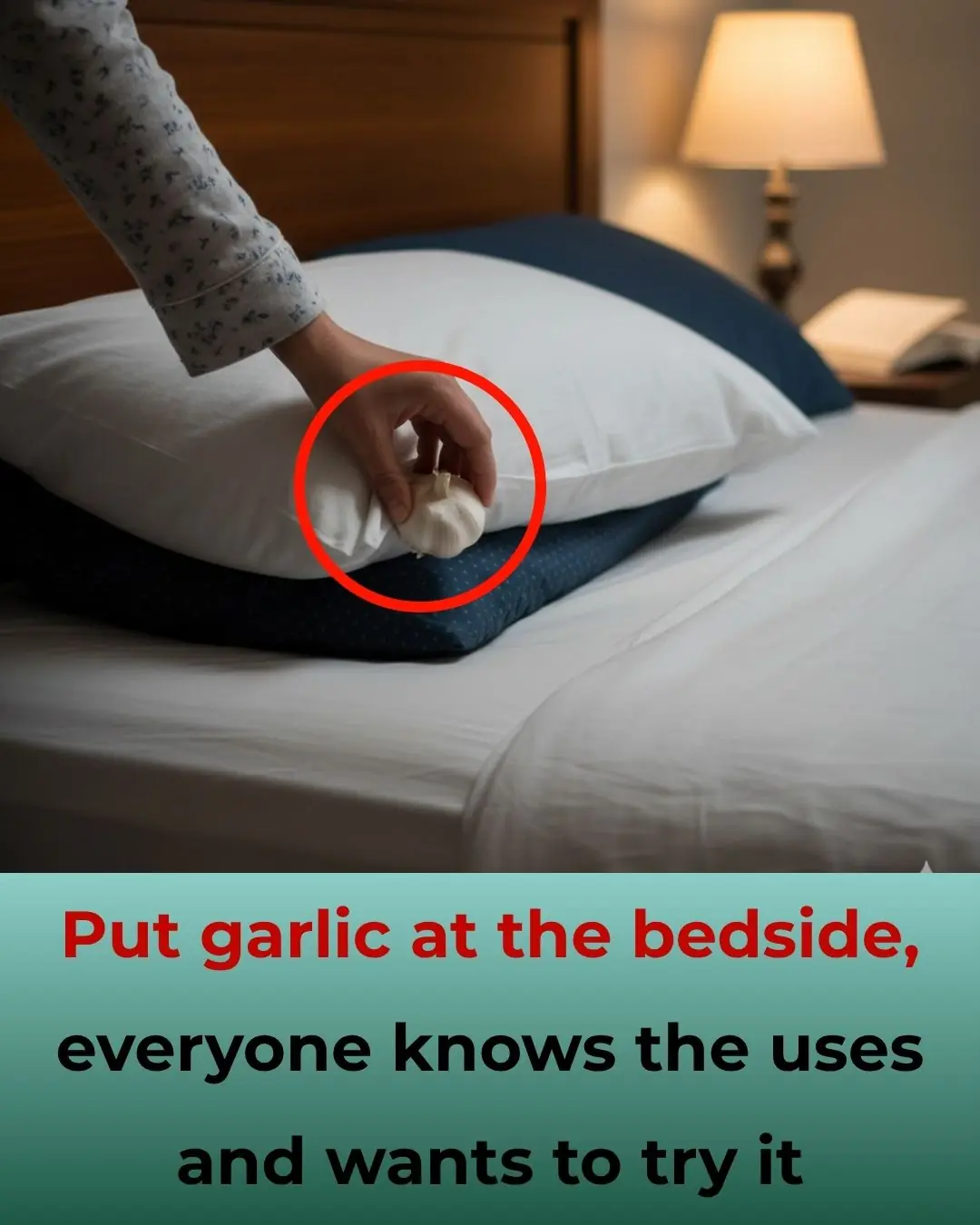
Put a clove of garlic by your pillow? Here’s what the tradition actually does — and what science and doctors say
News Post

Banana Blossom: Health Benefits, Recipes, and Traditional Uses
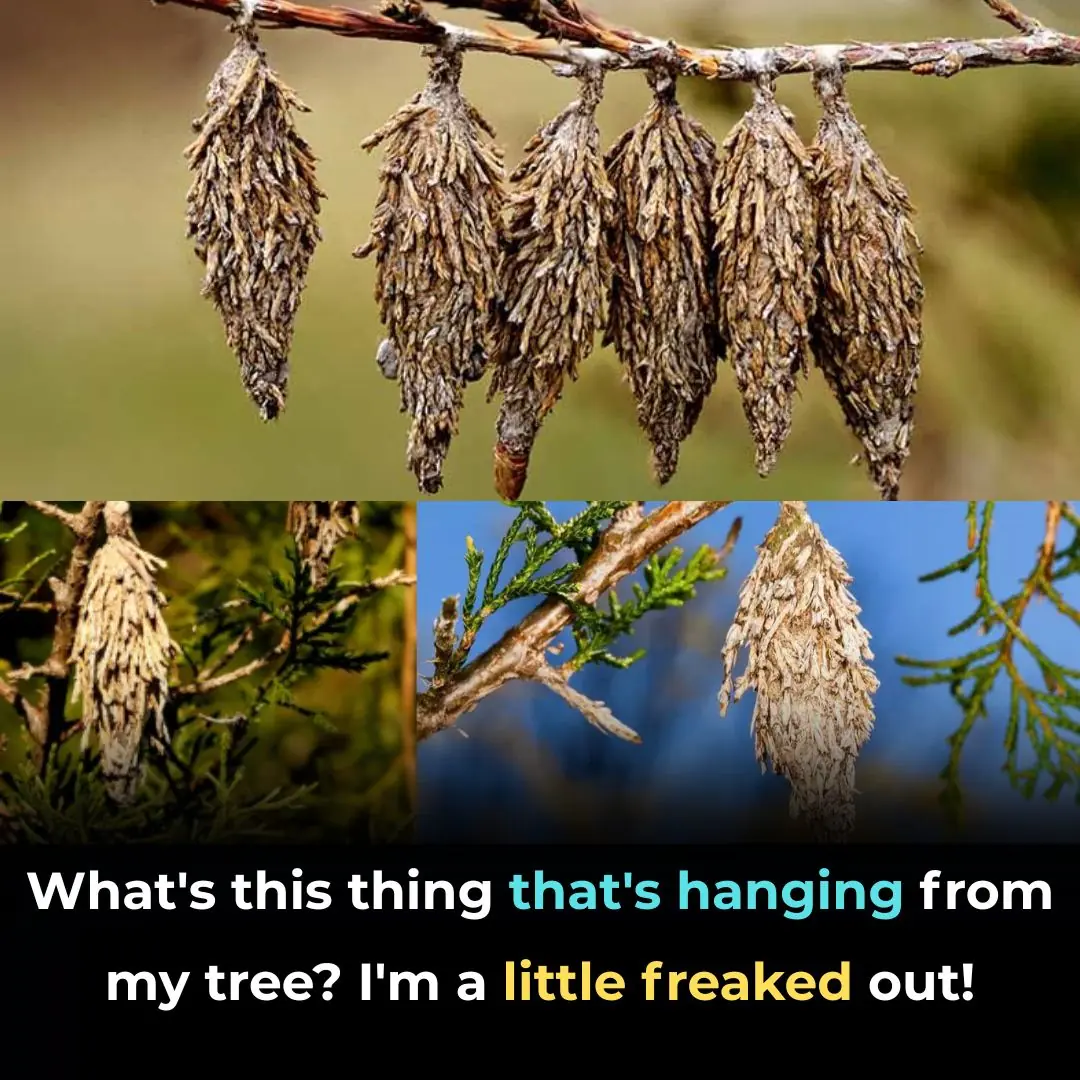
The Stealthy Threat of the Evergreen Bagworm
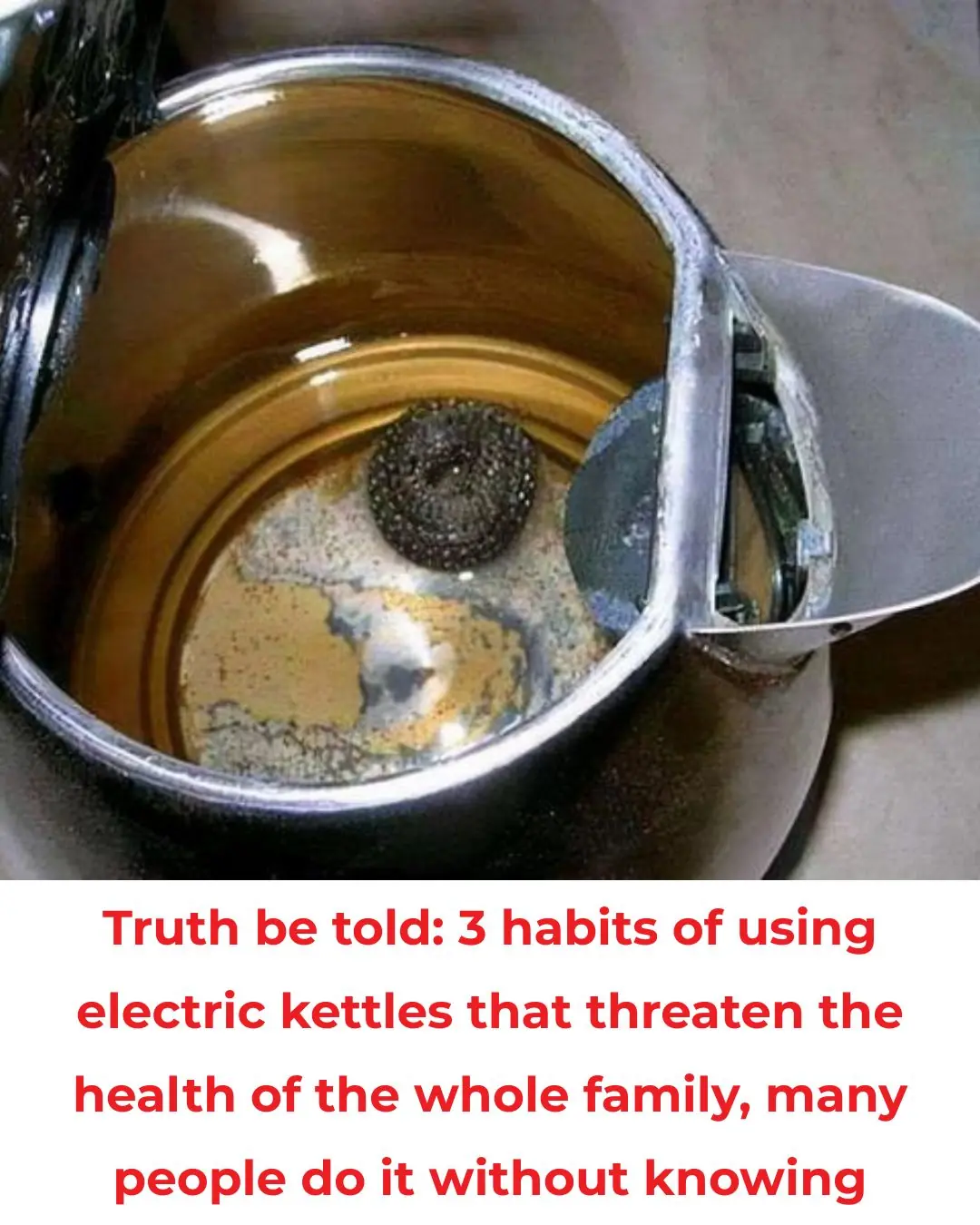
Truth be told: 3 habits of using electric kettles that threaten the health of the whole family, many people do it without knowing

Drinking coffee adds one more thing: No worries about discolored teeth or bad breath
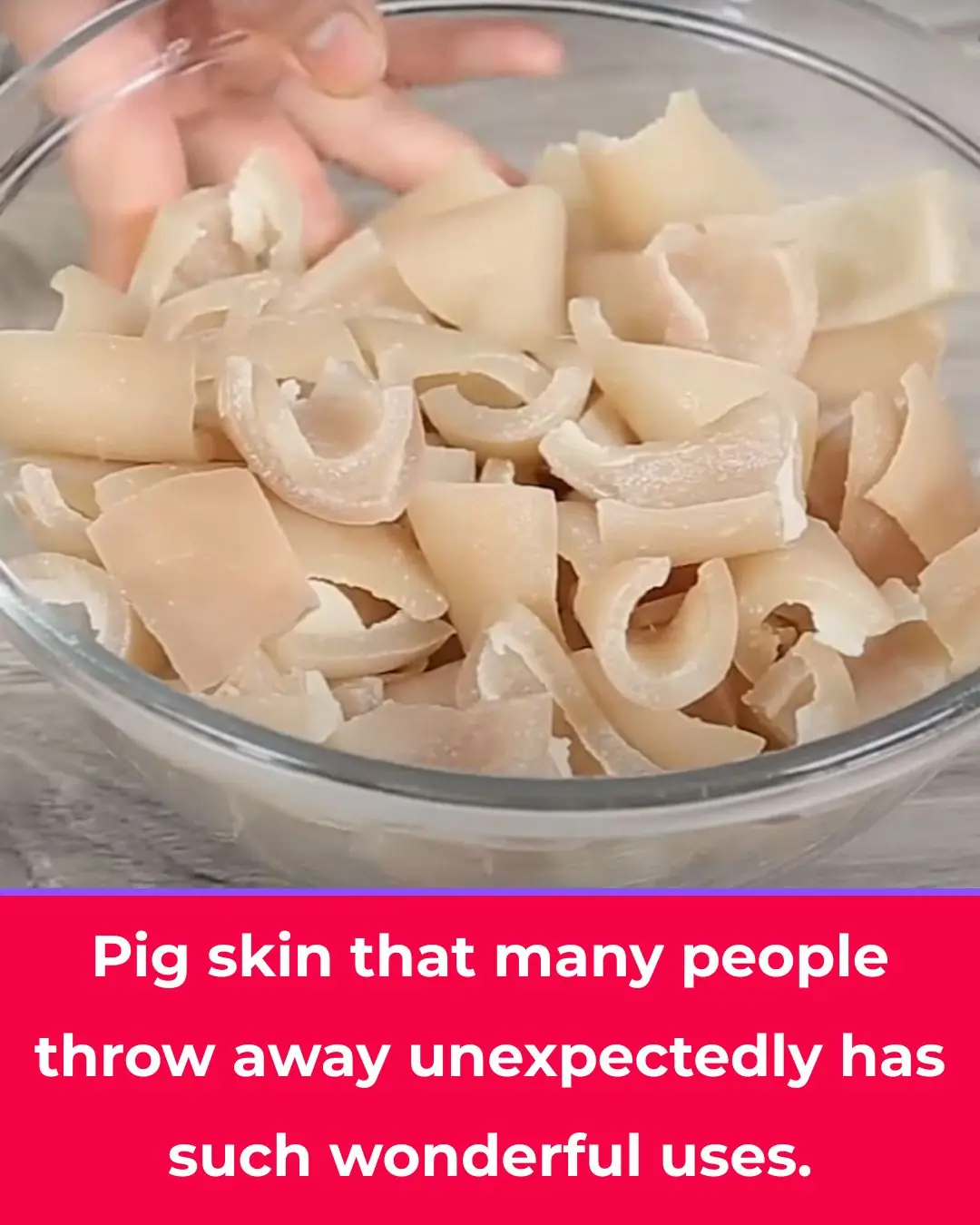
Pig skin that many people throw away unexpectedly has such wonderful uses

American doctor shows how to remove pesticides and dirt from fruits, just a few steps to reduce illness for the family

5 mistakes when drinking coffee that are harmful to your health: Especially the second type, quit immediately before it's too late

25 Incredible Benefits of Guava Leaves

Most people underestimate the power of pine needle sprite (better than you think)

A Rare Alignment of 7 Planets Is Taking Place in The Sky This Week

The World’s Oldest Bridge Is Still In Use, and You Can See It In Greece

Lyrid meteor shower peaks after Easter: How to spot the most ‘shooting stars’

Austria: 33 Interesting Facts You Might Not Know

Pork skin: the cheap cut many people discard — and how to use it wisely for nutrition and safety

15 Interesting Travel Facts You May Not Know About Italy

Boiled sweet potatoes: don’t use plain water—add a spoon of this for fluffy, deeply sweet results

3 powerful health benefits of using a bidet — plus a bonus for the planet

How to store fresh ginger so it lasts for months (even without a fridge)
